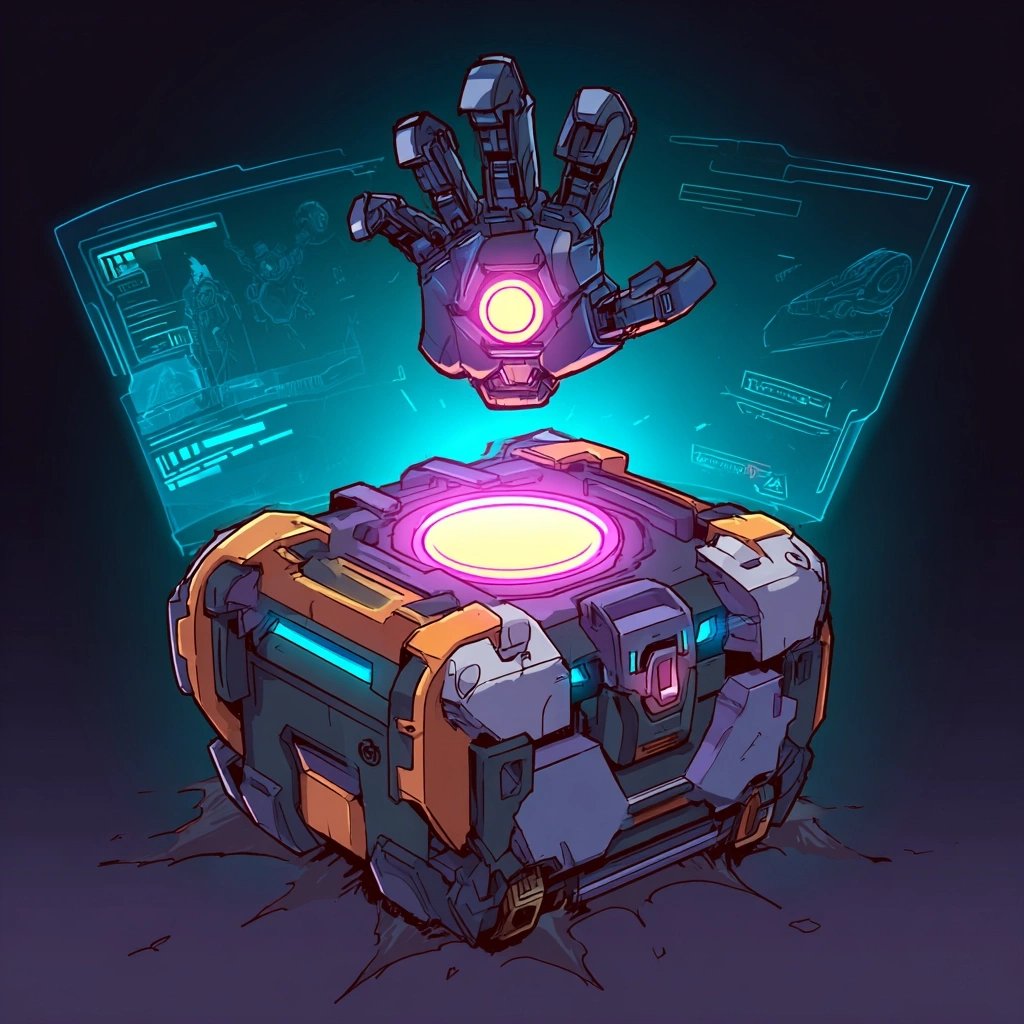订阅 wiki
Share wiki
Bookmark
Gear Runner
Gear Runner
Gear Runner 是一款将身体活动追踪与基于区块链的游戏功能相结合的Move-to-Earn应用程序。它在TON 区块链上运行,并利用Telegram的小程序平台来提供易于访问的健身和游戏体验。 [1]
概述
Gear Runner 是一款 Move-to-Earn 应用程序,通过将身体活动与区块链游戏机制相结合,奖励用户现实世界的运动。它具有赛博朋克主题环境,与 Telegram 集成以方便访问,并在 TON 区块链上运行,以实现快速、安全和低成本的交易。
玩家使用专门的 Gear Modules(例如 NeuroVisor、BioMesh、SynthGloves 和 PhaseWalkers),通过 GPS 跟踪步行、跑步和骑自行车来提高盈利潜力。该平台的 Run-to-Craft 系统将身体活动转化为 Tech Fragments,用于制作和升级设备,其中 $GEAR 代币是主要的 In-Game 货币,STAR 和 TON 代币用于特殊购买。
Gear Runner 通过结合多样化的游戏玩法、可持续的代币经济学和社交功能来实现长期参与,从而应对了早期 Move-to-Earn 模型的挑战。它的目标用户是健身用户、游戏玩家和 Web3 参与者。 [2]
技术
TON 区块链
GearRunner 在 The Open Network (TON) 区块链上运行,以支持其 Move-to-Earn 游戏模型,利用快速的交易速度、低成本和安全的智能合约基础设施。它可以通过 Telegram 小程序访问,允许用户直接在消息平台内进行交互,而无需额外下载。
与 Telegram 的集成使 GearRunner 能够以最小的上手摩擦接触到广泛的用户群,同时提供诸如应用内竞赛和好友邀请等功能。它的模块化设计包括基于 Telegram 的前端、云托管后端、TON 智能合约、加密数据存储和 API,用于未来的扩展,包括第三方健身集成。 [3]
特点
Gear Modules

Gear Modules 是 GearRunner 游戏玩法的核心组件,由四种类型组成——NeuroVisor、SynthGloves、BioMesh 和 PhaseWalkers——每种类型都提供特定的游戏内优势,例如降低维修成本、增加物品发现、加快能量恢复或提高 $GEAR 收益。可以将模块组合成匹配的 Gear Sets 以解锁额外的奖励,并且有六个质量等级,从 Common 到 Divine,这会影响它们的盈利率、制作成本和升级要求。更高级别的模块提供更好的性能属性和独特的可视化设计。 [4]
Tech Fragments

GearRunner 的制作系统依赖于两种类型的 Tech Fragments:Basic Fragments,这是制作所有 Gear Modules 所必需的,并且通过拆卸物品或跑步来收集(收集效率受 SynthGlove 质量和等级的影响),以及 Special Fragments,它与特定设备类型相关联,并通过任务、身体活动和事件获得(掉落率受 NeuroVisor 质量和等级的影响)。制作涉及根据蓝图组合这些碎片,而升级(上限为 30 级)需要 $GEAR 代币和碎片来提高模块性能,例如提高盈利率、碎片发现或能量恢复。 [14]
Move-to-Earn
GearRunner 的 Move-to-Earn 系统在能量模型上运行,其中每分钟的活动消耗 20 点能量。赚取 $GEAR 取决于装备的 Gear Modules 的数量和质量,而 Tech Fragments 可以通过运动期间的交互式提示来收集。能量以每 12 分钟 1 个单位的基本速率再生,最多 500 个单位,并且可以通过某些设备提高恢复速度。 [6]
Energy Core

GearRunner 的 Energy Core 系统通过定时能量模型和同步装备升级来调节玩家的活动和进度。玩家每 12 分钟获得 1 点能量,每天最多 120 点,每分钟的运动消耗 20 点能量。可以通过升级 BioMesh 模块来提高能量再生。当所有四个 Gear Modules 都升级到同一级别时,Energy Core 会增加,从而提供平台范围内的奖励。此外,无论物品质量如何,装备完整的 Gear Set 都会授予独特的效果。 [8]
Alliances
GearRunner 的 Alliance 系统引入了一个结构化的社交层,提供游戏内盈利奖励和领导激励。玩家可以通过支付 $GEAR 费用来创建或加入 Alliances,从而提高他们的盈利速度。Alliance 领导者会收到一部分成员费用以及团队每周收入的一部分。随着 Alliances 升级(通过满足成员人数、EXP 和成本要求),它们会为所有参与者解锁更大的 $GEAR 生成被动奖励。 [5]
Activities
GearRunner 包括每日任务和每周挑战,以促进定期参与。该平台通过具有长期目标的成就系统来跟踪进度,而特殊活动提供限时竞赛,奖励 Special Fragments。 [9]
GEAR
$GEAR 代币是 GearRunner 生态系统中的核心资产,支持多种游戏内功能。它通过身体活动赚取,用于升级装备、加入联盟、参加比赛、制作物品、补充能量、在市场上交易和购买战斗通行证。 [16]
Tokenomics

GEAR 的总供应量为 10 亿个代币,并具有以下分配: [18]
- 奖励:62%
- 团队:15%
- 流动性 & CEX/DEX:10%
- 营销 & 合作伙伴:10%
- 预售:2%
- 空投:1%
合作伙伴
发现错误了吗?
